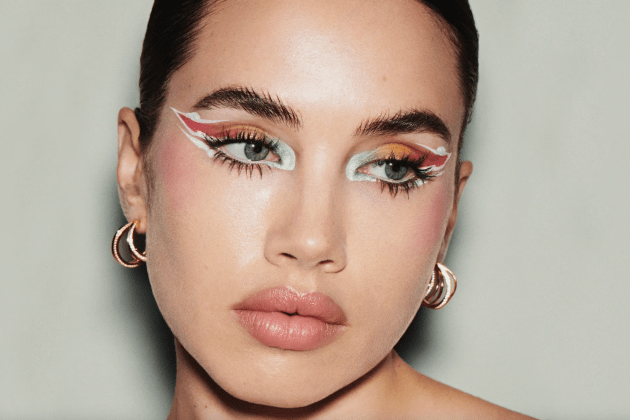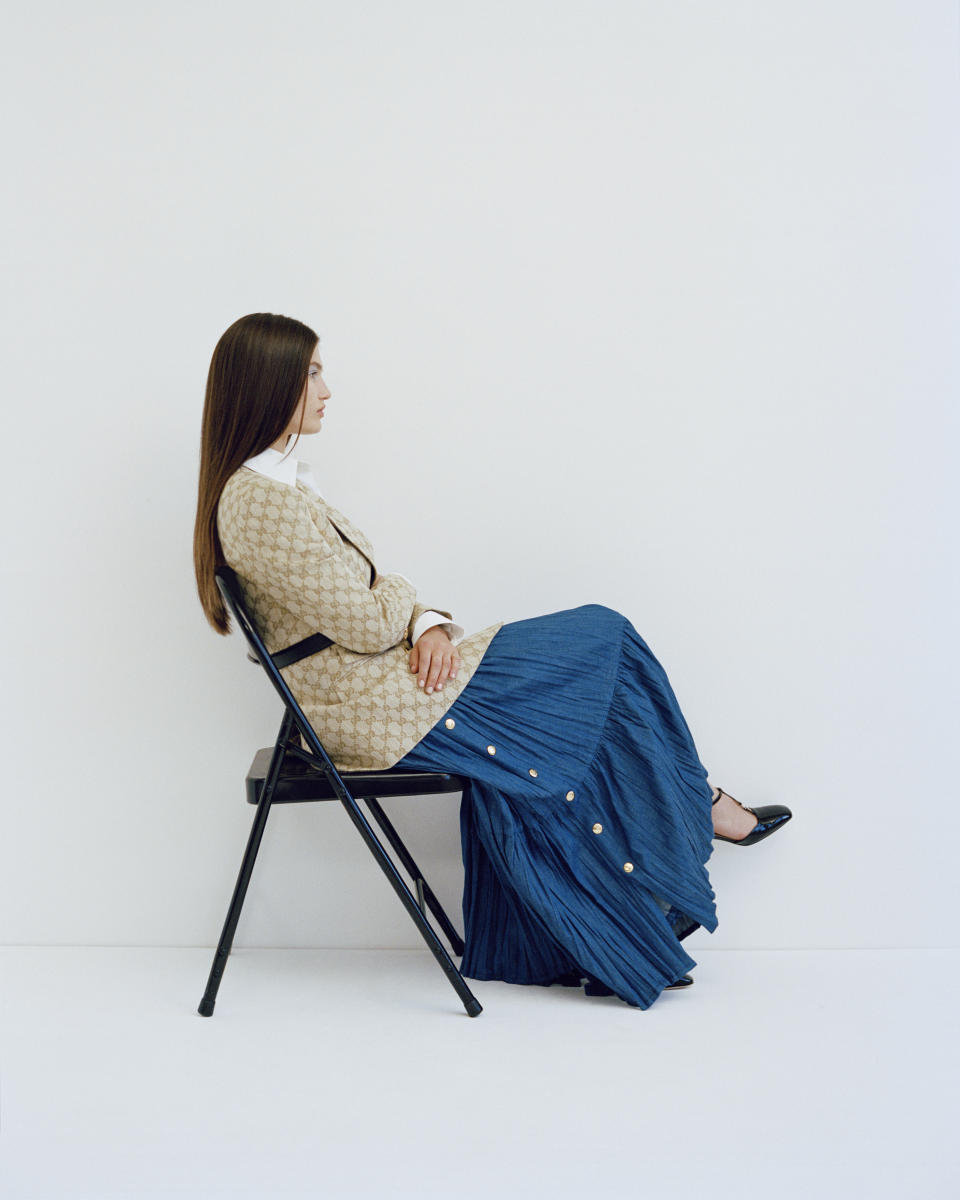Farfetch Is Officially Exiting Beauty

Farfetch Inc. is cutting back — and so are its stockholders.
Shares of the luxury e-commerce platform plummeted 35.3 percent to $3.08 in after-hours trading after the company confirmed it’s exiting the beauty category, turned in a weak second quarter and cut its outlook for the year.
More from WWD
MAC Cosmetics Gets In on 'Skinification' of Makeup With New Serum-powered Foundation
Isla Beauty Hosts 'Pop-in' at Hill House Home in Rockefeller Center
The luxury fashion platform made its move into beauty just last year, acquiring Violet Grey and tapping founder Cassandra Grey as an adviser.
The deal was followed by a broader rollout of beauty in April 2022, when more than 100 prestige brands launched on the marketplace.
Given Farfetch’s deep relationships with many of the main luxury brands — and the platform’s ambitions to be a one-stop luxe shop — the company saw potential to log into a lucrative market. But beauty is its own world and is notoriously tricky to navigate for even established fashion players.
The beauty business never gained the necessary traction and wasn’t as profitable as other categories. WWD first reported on Aug. 8 that Farfetch was exiting the category, according to industry sources.
As Farfetch leaves beauty it is exploring its options for Violet Grey, setting up a potential sale.
In an interview with WWD, José Neves, Farfetch founder, chairman and chief executive officer, stressed Farfetch’s “incredible track record” in category expansions, with successful moves into menswear, kids’, sneaker resale and more.
“Beauty is the first category that we decide to discontinue,” Neves said. “We have a strong plan and strategy and we’ve actually achieved some really exciting milestones and acquired Violet Grey, which is a great company and brand in that space. But we had to make decisions in a macro environment that is challenging, that prioritize profit and cash generation.
“And we would still be a few quarters, if not years before we reached the levels of profitability and cash generation that we now expect from any of our initiatives,” he said. “It wasn’t an easy decision, but absolutely the right decision for Farfetch in terms of our decisive actions and focusing on the categories that have a huge growth potential for us.”
Farfetch’s revenues for the three months ended June 30 slipped 1.3 percent to $572.1 million from $579.3 million — well below the $649 million in sales analysts projected, according to FactSet.
Gross merchandise value — or total value of goods being sold through Farfetch’s platform — was flat at just over $1 billion.
Adjusted losses before interest, taxes, depreciation and amortization widened to $30.6 million from $24.2 million a year earlier. And adjusted losses per share were flat at 21 cents.
The company has doubled down on its cost-cutting program, eliminating $150 million of planned fixed costs this year over the past two months. The latest cuts eliminated 800 jobs at Farfetch, or about 11 percent of the headcount the company started the year with.
Last year, Farfetch struggled with the closure of its Russian business following that country’s invasion of Ukraine. And while the marketplace businesses in China and the U.S. were expected to help pick up the slack this year, that hasn’t been the case.

“In the U.S. and China, we’re not immune to the forces that everyone’s feeling at the moment,” Neves said. “You heard the luxury companies report negative growth in the U.S., many of them, some double-digit negative growth.
“The U.S. has been exploding as a luxury market,” he said. “In the last three years, with the stimulus that the government injected in the economy, has been really good for every one of us in the luxury industry. And now there’s a moderation, which obviously was always going to come one day. These things are cyclical.”
For the full year, GMV is expected to come in at about $4.4 billion for the year, and while that’s above the $4.1 billion last year, it’s well below the $4.9 billion forecast in May.
And adjusted earnings before interest, taxes, depreciation and amortization margin is slated to rise 1 percent for the year, instead of the 1 to 3 percent gain projected in May.
Neves noted that 2023 is still on track to be “the most profitable year in the history of Farfetch” with double-digit growth in the digital platform.
“We’re going to turn 15 years old in a few weeks and we’re very proud of what we’ve built,” Neves said. “This company was built from zero, from nothing and actually launched in 2008, amid a global financial crisis. We got our first venture capital money in 2010, so the first three years were just my money, which was no money. And so we really have that DNA of resiliency and frugality and we’ve grown this business from those humble, very humble origins to be a global platform present in all large luxury goods markets in the world.…The North Star of this company remains absolutely intact, which is to be the global platform for luxury.”

Wall Street might need a little time to come back around to Neves’ way of thinking.
Wedbush analyst Tom Nikic described Farfetch’s report as “very disappointing.”
“Farfetch remains an extremely challenging business to wrap one’s head around, with highly volatile fundamentals and one of the most confusing models in our space — both the business model and the financial model,” Nikic said.
That’s been true for some time with the company prone to big stock swings up or down depending on how the winds are blowing in a particular quarter.
Best of WWD


